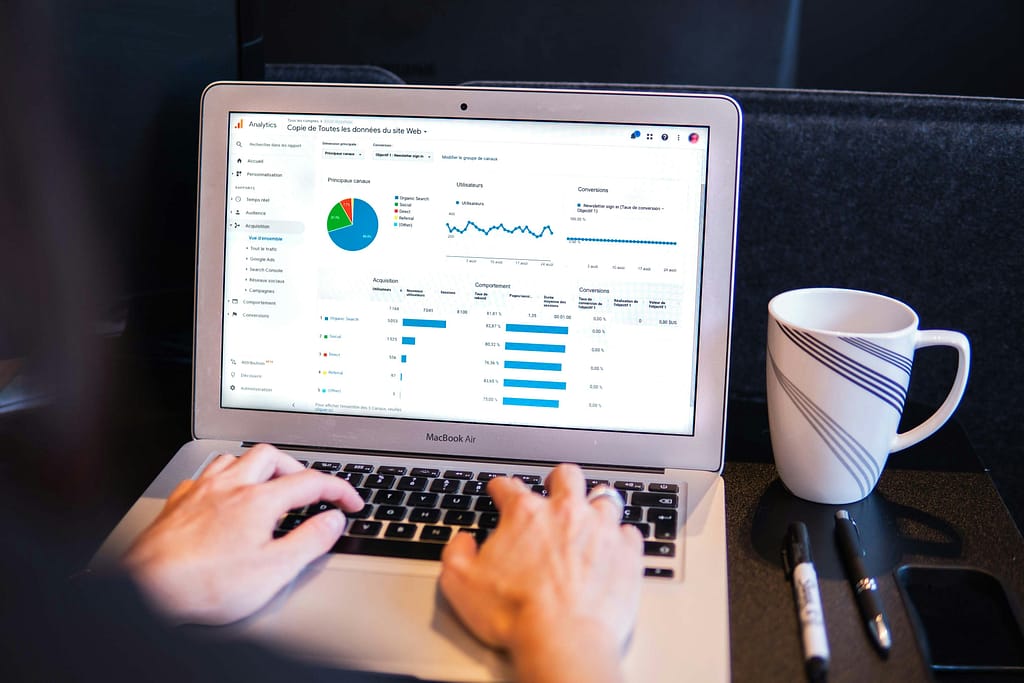Role of Graphic Design in Digital Marketing: Where to Learn and Why It Matters

In today’s digital age, where visual content reigns supreme, the significance of graphic design cannot be overstated. From websites to social media, advertising to branding, graphic design plays a pivotal role in capturing attention, conveying messages, and building memorable experiences. In this blog, we’ll delve into why graphic design is crucial, its integral role in digital marketing, and where aspiring designers can learn this invaluable skill.
Why Graphic Designing Matters
First Impressions Matter:
Whether it’s a website, an advertisement, or a social media post, visual appeal is often the first thing that catches the audience’s eye. A well-designed graphic can instantly captivate attention and create a positive first impression.
Brand Identity and Recognition:
Consistent and visually appealing graphics are essential for building a strong brand identity. Logos, color schemes, typography—all contribute to creating a brand image that resonates with the target audience and fosters brand recognition and loyalty.
Communication and Engagement:
Graphic design is a powerful tool for communication. Through imagery, typography, and layout, designers can convey messages effectively, evoke emotions, and engage with the audience on a deeper level.
Differentiation and Competitive Edge:
In a crowded digital landscape, standing out is crucial. Creative and unique graphic designs help businesses differentiate themselves from competitors, leaving a lasting impression on potential customers
Enhanced User Experience:
From intuitive website navigation to visually appealing product packaging, graphic design enhances the overall user experience. Clear and aesthetically pleasing designs make it easier for users to interact with digital platforms and products.
Graphic Design in Digital Marketing:
In the realm of digital marketing, graphic design is omnipresent, serving various purposes across different channels.
Social Media Marketing:
Engaging visuals are vital for grabbing attention on social media platforms like Instagram, Facebook, and Twitter. Eye-catching graphics, infographics, and videos help brands stand out amidst the constant stream of content.
Website Design and Optimization:
A well-designed website is essential for making a positive impression and keeping visitors engaged. From layout and navigation to imagery and call-to-action buttons, every aspect of web design relies on graphic design principles.
Email Marketing:
Email newsletters and promotional campaigns rely heavily on visual elements to convey messages effectively. Compelling graphics can increase click-through rates and encourage recipients to take desired actions.
Content Marketing:
From blog post banners to e-books and whitepapers, graphic design enhances the visual appeal of content, making it more shareable and memorable.
Advertising Campaigns:
Whether it’s display ads, banners, or PPC ads, visually striking graphics are essential for capturing attention and driving conversions in digital advertising campaigns.
Where to Learn Graphic Design:
When it comes to learning graphic design, choosing the right institute or online platform is crucial. While there are numerous options available, one institute that stands out for its comprehensive curriculum, industry-relevant training, and esteemed reputation is the Digital Mastery Academy.
Located in Garhi Shahu, DMA is a project of ROW Marketing Agency that offers a range of courses in graphic design, including undergraduate and graduate degrees, as well as continuing education courses. With a faculty comprising industry professionals and state-of-the-art facilities, DMA provides students with the skills, knowledge, and practical experience needed to excel in the field of graphic design. DMA also offers career support to their students by offering Jobs at ROW Marketing agency.
In conclusion, graphic design is an indispensable aspect of digital marketing, playing a vital role in capturing attention, communicating messages, and building brand identity. Whether you’re a business owner looking to enhance your online presence or an aspiring designer seeking to enter the field, investing in graphic design skills is essential for success in today’s competitive digital landscape.
Role of Graphic Design in Digital Marketing: Where to Learn and Why It Matters Read More »






